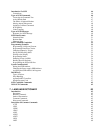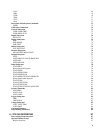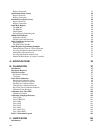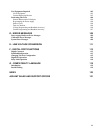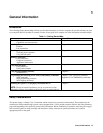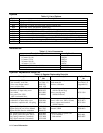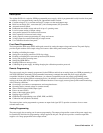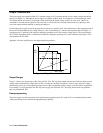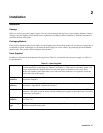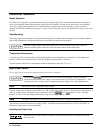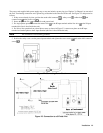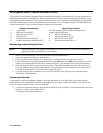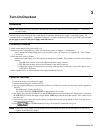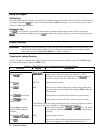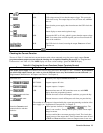
General Information 16
Output Characteristic
The power supply can operate in either CV (constant voltage) or CC (constant current) over its output voltage and current
ratings (see Figure 1-l). Although the power supply can operate in either mode, it is designed as a constant voltage source.
This means that the unit turns on in constant voltage mode with the output voltage rising to its Vset value. There is no
command for constant current operation. The only way to turn the unit on in constant current mode is by placing a short
across the output and then enabling or turning the output on.
Note that the power supply cannot be programmed to operate in a specific mode. After initial turn-on, the operating mode of
the unit will be determined by the voltage setting (V
s
), the current setting (I
s
), and the load impedance (RL). In Figure 1-1,
operating point 1 is defined by the load line cutting the operating locus in the constant-voltage region. This region defines
the CV mode. Operating point 2 is defined by the load line cutting the operating locus in the constant-current region. This
region defines the CC mode.
Appendix A lists the specifications and supplemental characteristics.
80V
70V
26A 30A
Vout
Iout
RL2
RL1
Is
Vs
Figure 1-1. Output Characteristic Curve
Output Ranges
Figure 1-1 shows two output ranges: 80V, 26A and 70V, 30A. The step in the output characteristic indicates that the power
supply cannot simultaneously output 80V and 30A. No separate command is required to select a range, the power supply
automatically selects one of the operating ranges based on the last parameter (either voltage or current) that is programmed.
For example, if you program 80V and 30A, the power supply will select the 70V, 30A range based on the last parameter
that was programmed: 30A.
Downprogramming
The power supply can sink current for more rapid down programming in the CV mode. This is an uncharacterized current-
sinking area that provides a limited downprogramming capability.



